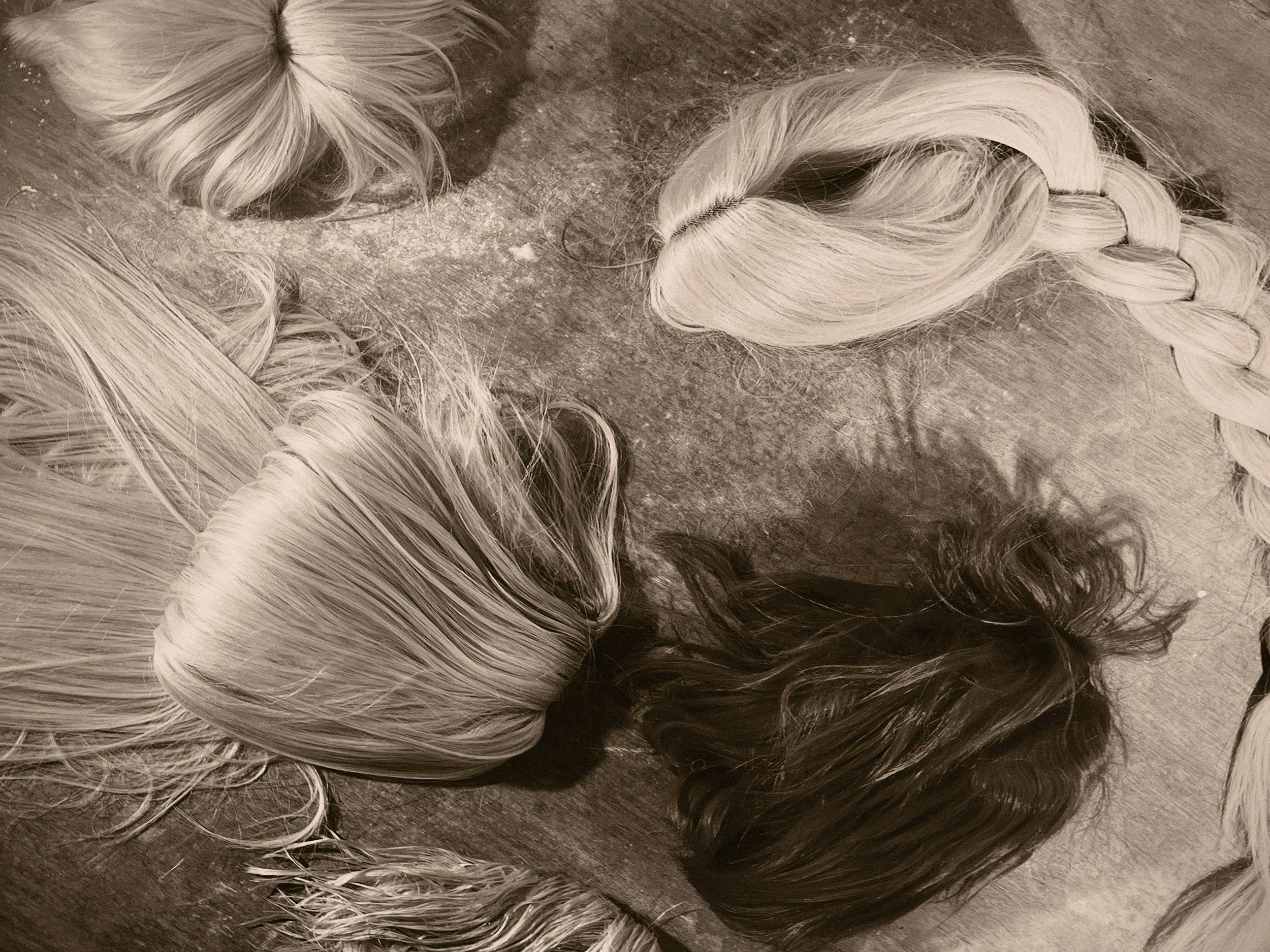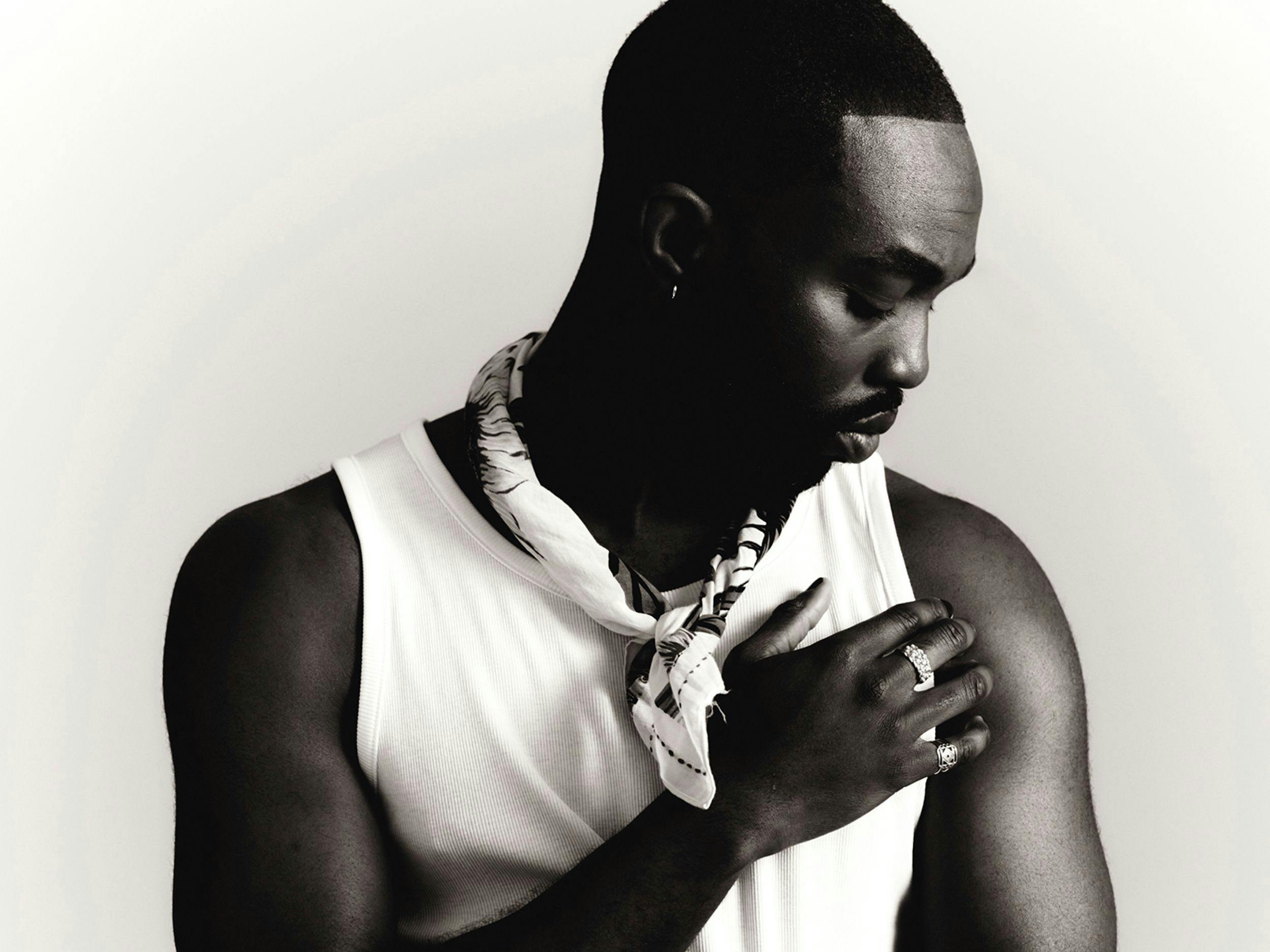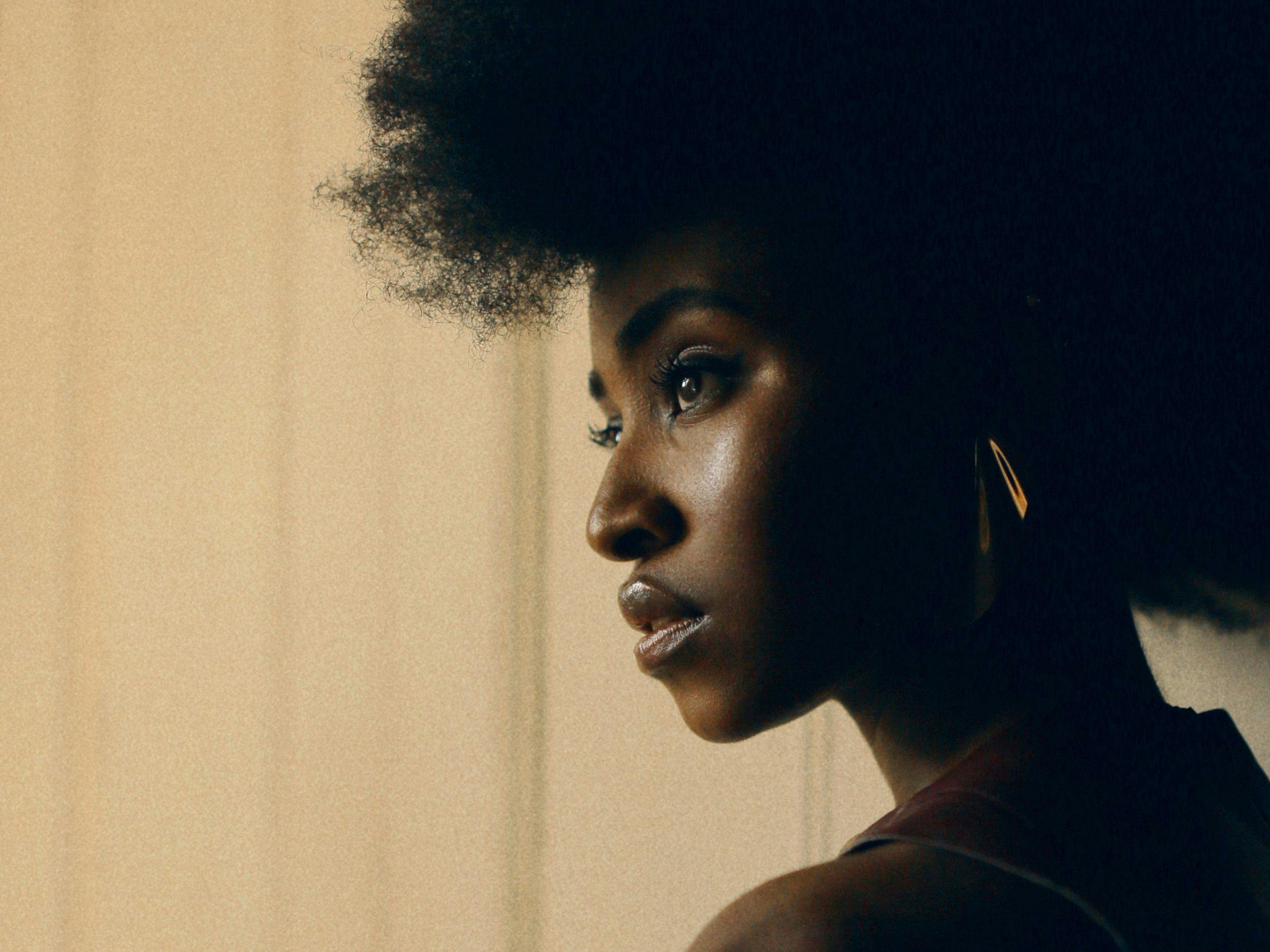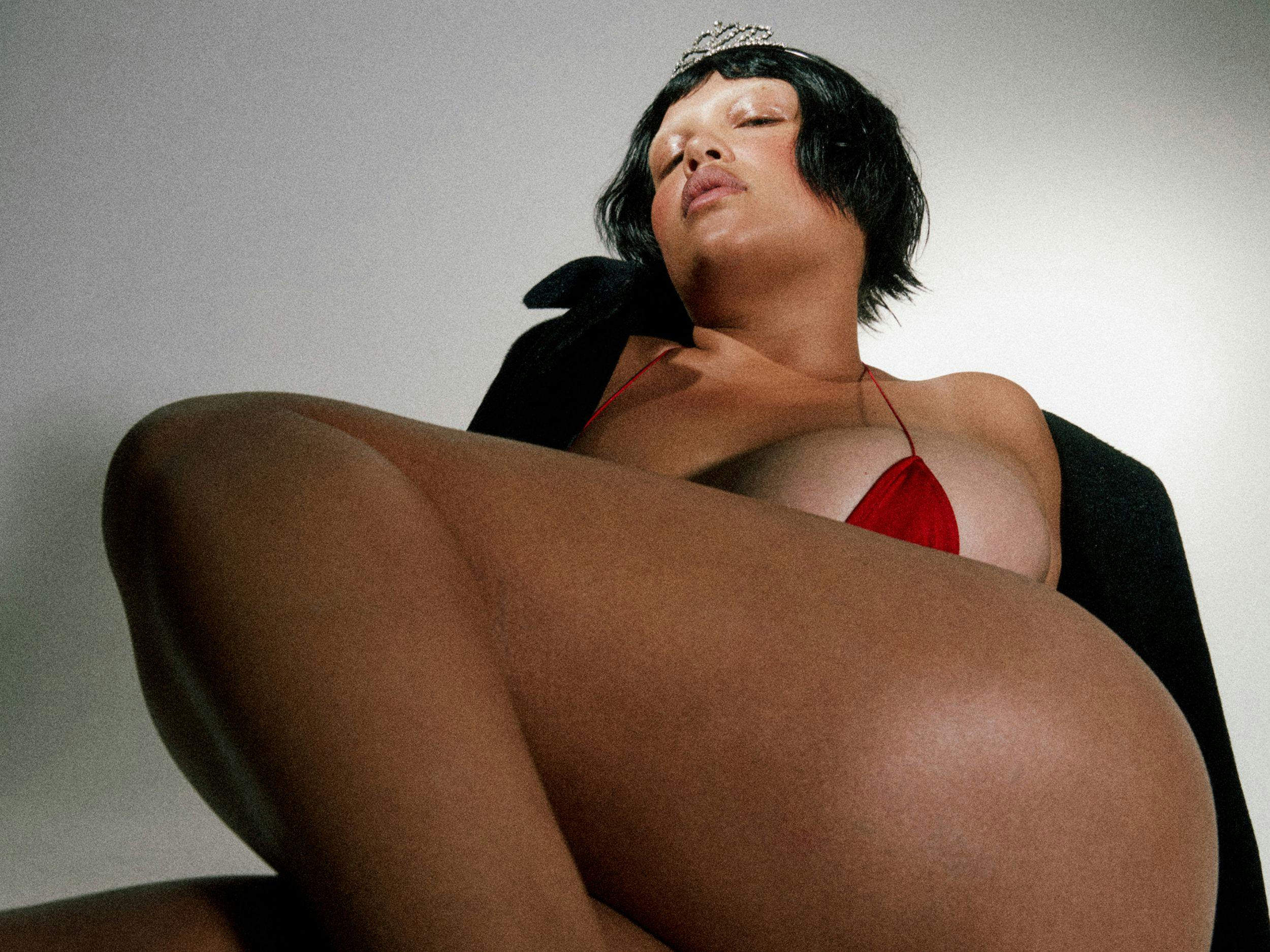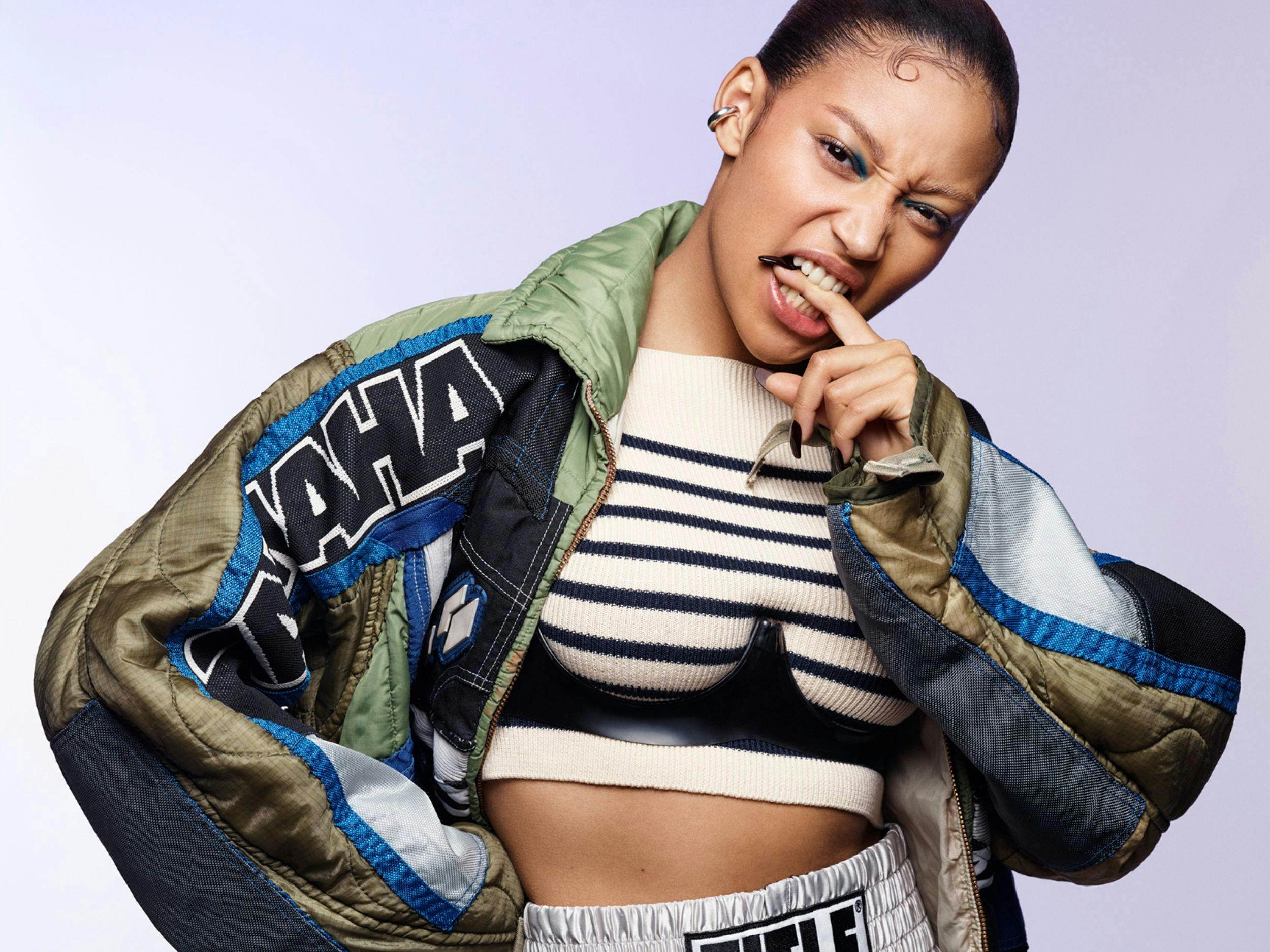
JACKET by Ferragamo
Leah Thomas Makes the Connections
It was a sunny Sunday afternoon earlier this month, and rows of white tents were set up at the Unidad Park and Community Garden in Los Angeles. The air buzzed with the energy of local artists, vendors, and sustainability creators preparing for a flea market—a vibrant kickoff to Los Angeles Climate Week. Among them, making her flea market debut, was Leah Thomas, founder of the platform Intersectional Environmentalist, selling her unique handmade ceramic pendant necklaces shaped like cosmic stars.
“It’s such a fun thing to share your art with people in this way,” the thirty-year-old Thomas says. ”There’s this childlike wonder that I see adults go through because I just have a box of charms, essentially for necklaces, and to see a forty-year-old come over and go through this box of charms and pick the one that resonates with them, it’s like I get to witness them have this moment of mindfulness.”
But for Thomas, crafting is more of a peaceful escape “to find joy in a wild world.” A scroll through her social media reveals more than just do-it-yourself projects and æsthetically pleasing scenes of nature; it provides content that is deeply educational and crucial against the backdrop of an escalating climate crisis.
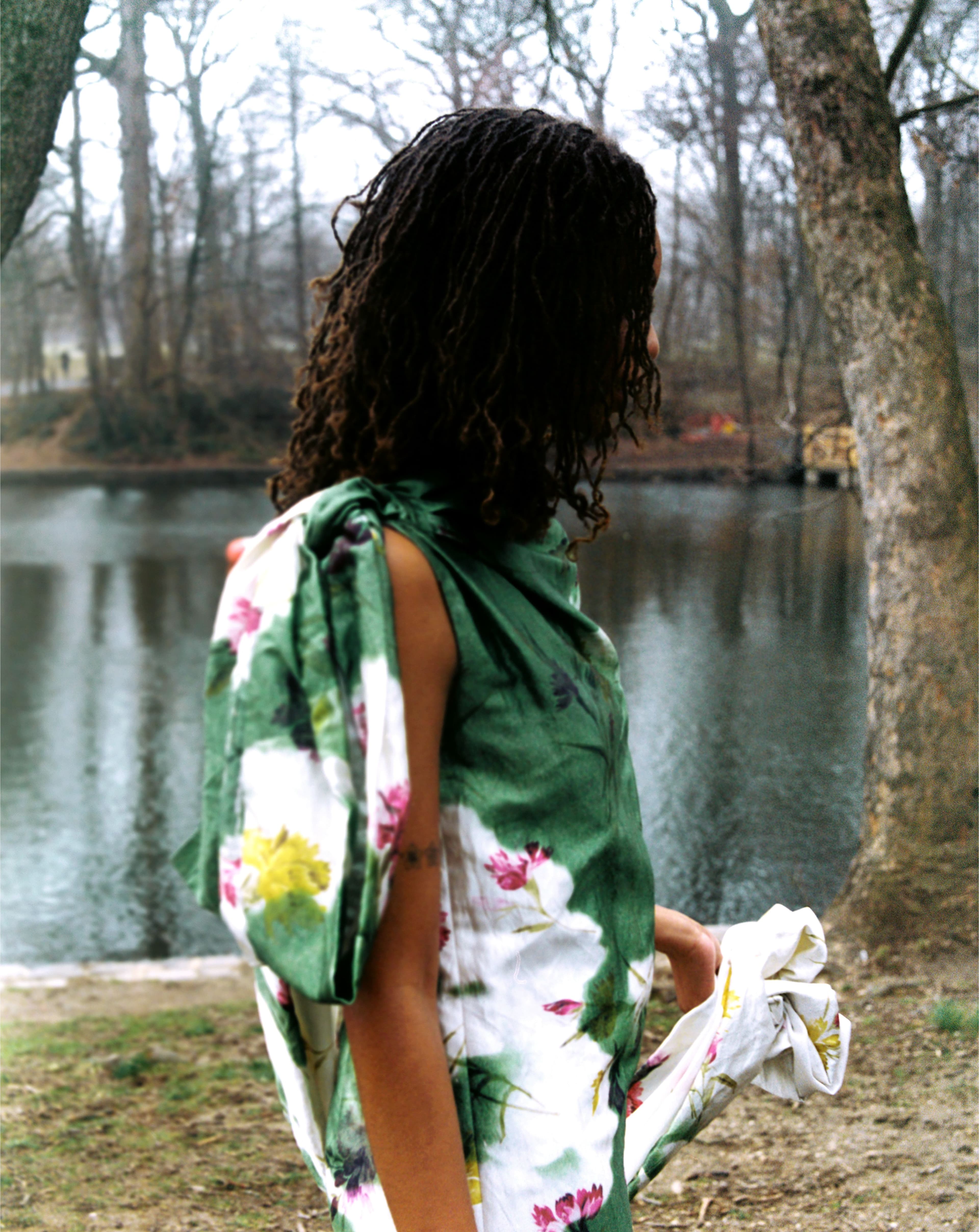
DRESS by Erdem
Reaching a vast audience, which ballooned at the height of the nationwide Black Lives Matter protests in 2020, Thomas doesn’t just share tips for sustainable living and protecting green spaces—she deftly unpacks the complex tapestry of climate and environmental issues, dissecting their roots in race, privilege, and social injustice.
But even the brightest and most optimistic can feel the overwhelming weight of a world plagued with issues, including the sluggishness of countries to act on the breakneck pace at which the climate crisis is intensifying.
Over the last few months, Thomas, like many across the United States, has watched in fear and worry as the new Trump administration pulled out of the Paris Agreement; overhauled critical environmental and climate policies; ousted federal employees working on significant climate research; gutted federal programs focused on diversity, equity, and inclusion; and banned books focused on race and racism and the LGBTQ+ community, just to name a few harmful actions. Like many, she is frustrated. “It’s really hard. I think what’s going on right now is just really sinister,” Thomas says. “It’s just so frustrating to see it play out the way that it is. But I think we just have to hold what’s true in our hearts, and even if other people don’t believe us in this current moment, that’s where courage comes in.”
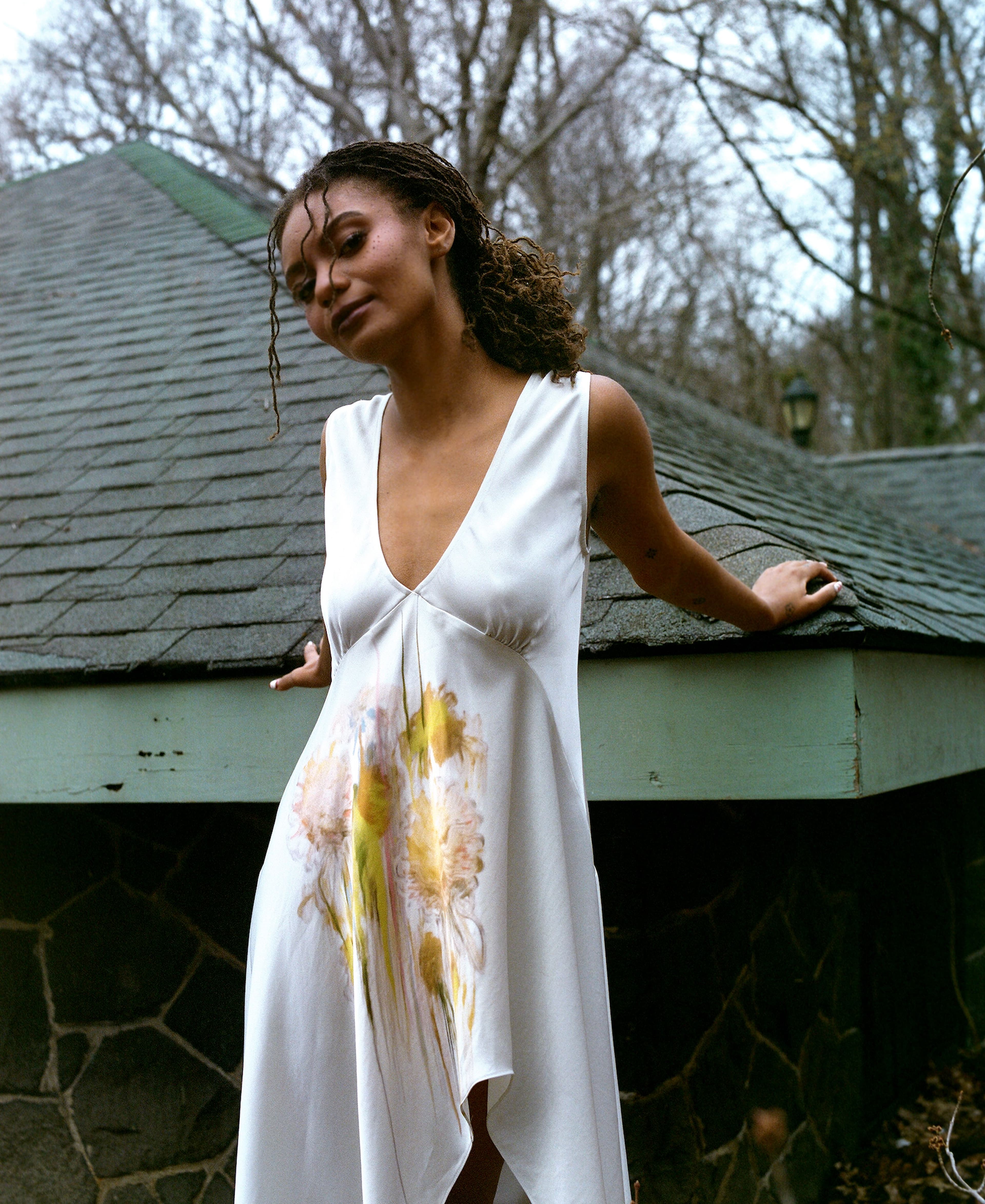
DRESS by Collina Strada
This disquieting anger isn’t new to her. Thomas grew up in Florissant, Missouri, only a ten-minute drive from Ferguson, where the eighteen-year-old Michael Brown, an unarmed Black man, was fatally shot by a white police officer in August 2014. She was home for the summer and on her way back to Southern California, where she was studying environmental science in college, when a friend texted her asking if she had heard the news.
As Thomas sat through her classes, learning about environmental policies, protests raged across her hometown. “How could I think about the Clean Air Act when my community was burning with smoke and tear gas?” Thomas wrote in her book, Intersectional Environmentalist: How to Dismantle Systems of Oppression to Protect People + Planet. “I didn’t want to be an ‘environmentalist’ if that meant I had to choose between racial progress and environmental progress.”
The reality is harsh: racial justice and climate justice are inextricably linked. While this connection is more evident now, the environmental movement’s past tells a different story. For too long, it remained a predominantly white space, largely blind to the disproportionate burden of pollution and climate change borne by people of color and underserved communities. While white neighborhoods historically receive more community investment in clean green spaces that help cool areas around them, Black and brown neighborhoods have been deprived of resources and slotted next to traffic-choked highways and other industrial infrastructure instead.

DRESS by Collina Strada
That’s why, in 2020, Thomas coined the term “intersectional environmentalism,” which is a more inclusive version of environmentalism that “advocates for both the protection of people and the planet” by identifying the ways in which “injustices happening to marginalized communities and the earth are interconnected.” The concept builds on the theory of “intersectionality” by Columbia Law School professor Kimberlé W. Crenshaw, which describes the overlap between racial and gender prejudice.
After writing about intersectional environmentalism on her Instagram account in the aftermath of the killing of George Floyd in 2020, Thomas’s post quickly went viral. It underscored that social justice is not an “optional add-on” to the environmental movement.
For as long as the environmental justice movement has been alive—dating back to the sixties or even earlier—bringing these connections to what has historically been a white-dominated movement has never been an easy endeavor. Still, Thomas took a risk. Formerly a park ranger intern for the National Park Service, the self-described eco-communicator landed her dream job with Patagonia’s environmental communications team after college. But during the COVID-19 pandemic, she decided to leave the role to grow her platform, Intersectional Environmentalist, which eventually became a nonprofit. “If we want as many people to take climate action as possible, I think the information and environmental education should be as accessible and relatable as possible,” she said. “In addition, I just want everyone to feel a personal connection to the Earth, because I think we all have it inherently.”
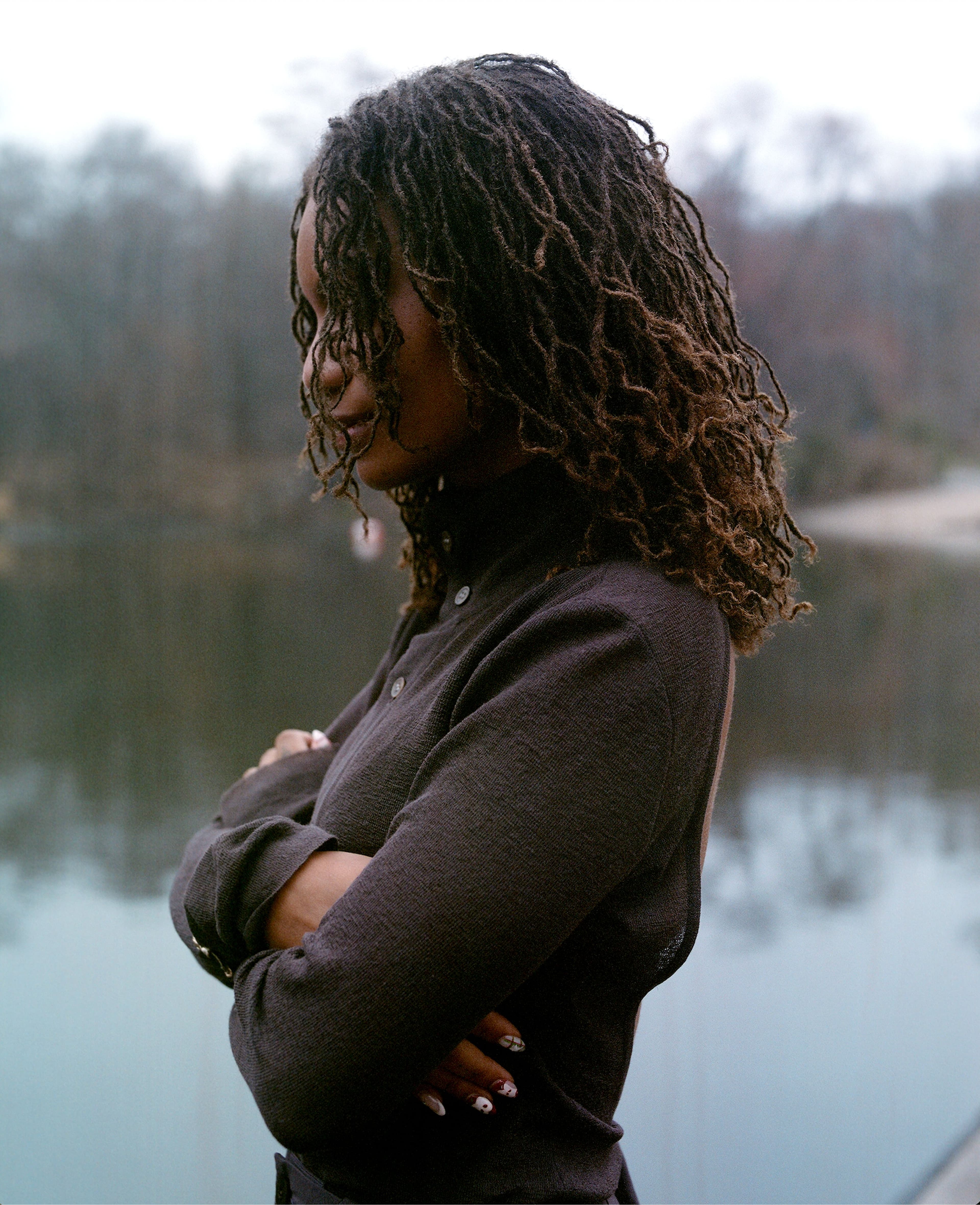
All CLOTHING by Issey Miyake
The climate crisis is a systemic issue, exacerbated by the rampant burning of fossil fuels, and scientists have been clear: societies need to make deep cuts to planet-warming pollution by phasing out fossil fuels, while also removing carbon dioxide from the atmosphere, to avoid overheating the planet even more.
But until that happens, Thomas says she believes there are ways for individuals and communities to push for that larger systemic shift. Still, the onus of solving such a large-scale problem shouldn’t lie entirely on individuals. “There are certain moments in history where the systems that be are just not on our side,” she says. “So until we get to that point, I really want people to feel empowered by individual action and community action, because that might be all that we have control over during certain periods of time while we’re playing the long game.”
For now, Thomas finds solace in third spaces—places separate from home and work—whether that’s out in nature, the park, or in community with other environmentalists. “I’m still a little heartbroken and having grief, but the way I can show up is just by offering spaces for people to be able to decompress and craft,” says Thomas, who is working on her next book that channels all of her pent-up rage. “I just really want people to take care of themselves and their community.”

BODYSUIT by Diotima. BRA and SHORTS by Hermès. TIGHTS by Falke. SHOES by Stella McCartney. All JEWELRY, Thomas’s own.
As a nonprofit arts and culture publication dedicated to educating, inspiring, and uplifting creatives, Cero Magazine depends on your donations to create stories like these. Please support our work here.
